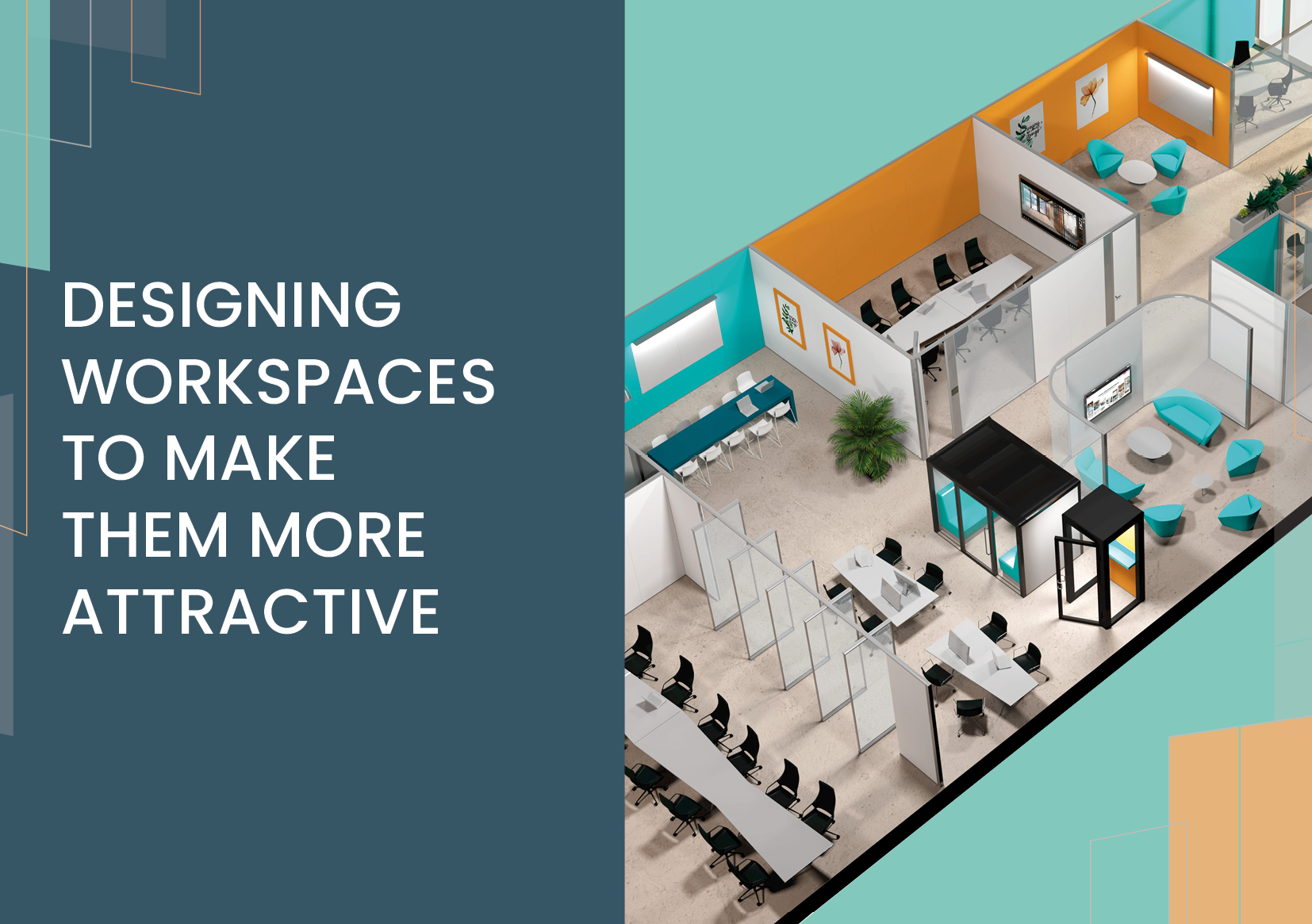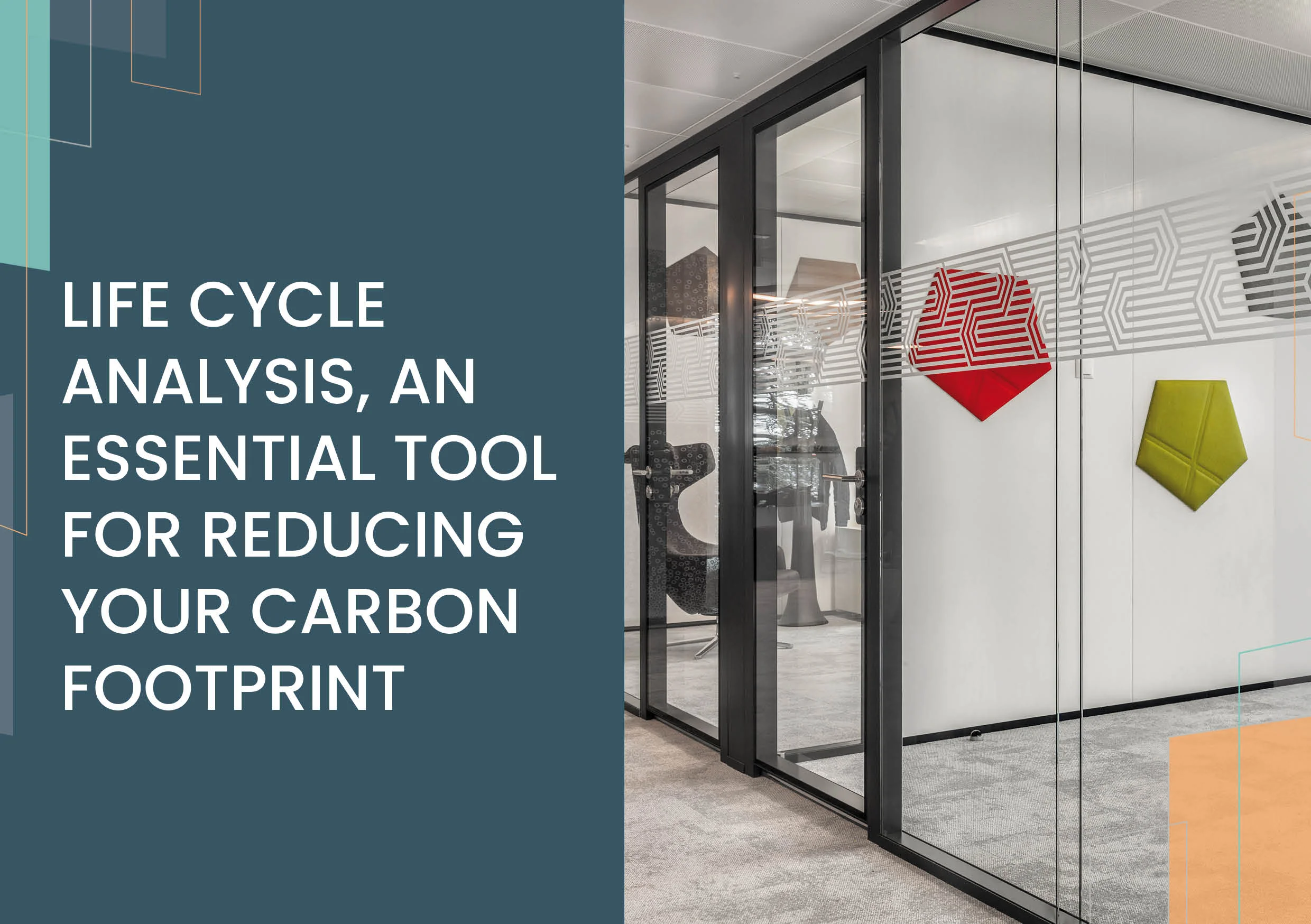
2024 Cleanroom Construction
Building new Cleanroom facilities comes with numerous challenges. It is important to understand and choose the most relevant approach from the project inception.
This article will explore the two most common cleanroom project delivery methods to help you make the right choice according to your requirements.
Turnkey or Bespoke: How to choose the best approach for your Cleanroom project?
You’ve established that you need a cleanroom and understand the environmental factors that need to be considered, but the next step is selecting the cleanroom itself.
What is your cleanroom being used for? Are you replacing an existing cleanroom?
All of these are questions that you need to ask yourself. But on top of that, it’s important to understand the methods of construction a cleanroom can take. It usually comes down to two approaches, turnkey, or non-turnkey. These two methods of procuring and installing of a clean room can have a significant impact on a wide range of factors.

When evaluating the risks associated to your project or planning your future investments, you have to consider the advantages and disadvantages of the turnkey and non-turnkey approaches. This blog explores what these two methods of construction typically consist of and what advantages a turnkey clean room can have for your business.
Difference Between Bespoke & Turnkey Cleanrooms
Before exploring the between the two approaches, it’s important to get a better understanding of exactly what the two terms means when it comes to cleanroom design.
Turnkey refers to a complete solution, one that is designed, procured and delivered by one specialist manufacturer only. The opposite of turnkey is typically ‘custom built’, or bespoke and involves a wider range of suppliers, specialized in a particular trade or type of product, all managed by one or several program management firms.
The difference between turnkey and bespoke can make a significant difference to the final project outcome and will determine your long-term cleanroom operation strategy. The next sections will explore each approach to help you determine which is the best fit for your needs.
Turnkey Cleanroom: Specificities and Advantages
While we’ll explore the advantages of a turnkey cleanroom, you need to ask yourself some questions at the start of the project. What is the time frame allocated for the project? How will you monitor risk? Are you willing to transfer some of your control over the project execution?
Risk monitoring and control over the process would require different levels of involvement. How you approach both aspects will help to determine your choice.

Turnkey Cleanrooms Have A Single Point of Contact
Your turnkey cleanroom provider is your single point of contact throughout the whole project. From this point of contact all your questions, queries and concerns should be quickly and effectively answered.
Turnkey Cleanroom providers work closely with you during the design phase to understand your specific needs and all the processes that will take place in your future facilities. Having an advanced understanding of your industry is part of the expertise. From this single point of contact, you’ll get a better understanding of all facets of a cleanroom, too, educating yourself as well as your business.
It also proves more efficient when it comes to maintenance or reparative work. Planning routine maintenance checks is facilitated by the fact that you are only dealing with one stakeholder. Being the cleanroom expert, your supplier is well-versed in all aspects of cleanroom maintenance but is also the one with the resources and knowledge to perform emergency repairs.
As a result, having a single point of contact throughout the lifecycle of your cleanroom facilities (from design, and planning to its end of life) is especially convenient for end users with limited time and resources allocated to project management.

Risk management in turnkey projects
Risk management is a vital aspect of all infrastructure investments. Any delays, defects, or suppliers’ defaults can have a massive impact down the line for the end user. This is true in every sector, but it becomes critically important in industries relying on cleanrooms for their research and manufacturing processes. After all, cleanrooms house essential product lines and materials within specific environmental parameters.
Turnkey cleanroom projects simplify risk management and monitoring. A turnkey cleanroom provider will assume most of the risk involved in the design, procurement, and delivery of the facilities, as well as their lifecycle performances. Responsibilities and liabilities are therefore easier to distribute within a single contractual framework, as opposed to bespoke projects where many contractors and suppliers share various levels of responsibilities.

Turnkey Cleanroom: increased cost-effectiveness
All of these factors, although very important to the final decision, weigh less than cost considerations in the case of large endeavours like the construction of cleanroom facilities. There is no way around it: the more cost-efficient the project is, the higher the returns will be after completion.
Entrusting a single supplier, as in the case of a turnkey cleanroom project, is often the most optimal choice for end users with lower budgets or small-sized facilities. A specialist supplier can offer standardized elements at a lower cost based on its expertise and well-established processes. On the other hand, selecting cleanroom components from multiple suppliers offers unparalleled flexibility, though making it much more costly, too.
Exploring Bespoke Cleanroom Construction
Built step-by-step and by multiple suppliers and contractors, custom-built cleanrooms are the preferred option for large-scale, complex projects. Such projects can reach incredible levels of sophistication, simply because the final decision-maker can select the most advanced, most capable vendors and contractors to meet the project’s requirements. This level of complexity weighs on the project’s process.

Increased responsibility for the Project owner
When it comes to a custom-built option, the responsibility falls on the end user to guide suppliers to the desired requirements. If you’re not an expert in the cleanroom field, you will likely start by hiring a program management firm under an EPCM contract. EPCM stands for Engineering, Procurement and Construction Management. It is a contracting model that can be regarded as a professional services contract, whereby the EPCM contractor will act as your representative until the project’s completion. It is a convenient way to cut through the project’s complexity, and benefit from the latest technological advancements for your facilities.

The biggest advantage in relying on multiple contractors whose scope is limited to their trade is that you can potentially segment the risk allocation. In other words, you will not put all your eggs in the same basket. Even though segmenting risk doesn’t mean the overall risk level is any lower, it is a lot easier to manage delays or defects and minimize their impact on the overall project progress.
General Maintenance With Bespoke Cleanrooms
Problems occur in all parts of life, and you want to be able to react in a swift and efficient manner. However, if your cleanroom is custom-built, maintenance might require a particular attention.
From your powder-assisted doors breaking down, to your pressure differential balance weakening, you’re always going to experience something that requires maintenance. With a Traditionally built cleanroom, keeping on top of everything is a little more complicated, mainly because of the variety of vendors and contractors involved.

Something that should be quick to resolve could become a laboured process. Suddenly you need to track down the correct suppliers to better understand the issue. This is time that will continue to slip by if you don’t fully understand the problem and have to find a specific technician to resolve it.
So, Turnkey or Bespoke?
As shown earlier, the choice of going for a full turnkey fit-out for your cleanroom or sticking to a more bespoke process ultimately depends on the level of commitment you decide to have in the project.
If you agree to hand over project risk to a single partner, you can leverage significant benefits in terms of project leadtime. Not only does it help keep costs down to a minimum, but it also prolongs the life of your cleanroom as maintenance and repair are much easier to address. On the other hand, if you are investing in a large-scale, cutting-edge facility with very specific requirements about your manufacturing processes, you may find more value in a bespoke cleanroom model.
Whether you are looking for a turnkey cleanroom provider or a specialist cleanroom components manufacturer, speak to our team of experts and have a cleanroom designed for your specific hygiene requirements.


